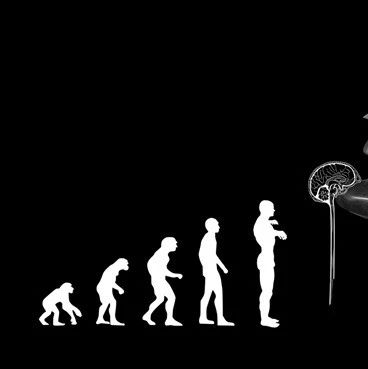科学家已绘制出一张包含有地球上每一种鸟类的族谱图,这张华丽的信息图表揭示了鸟类自恐龙世纪以来的进化历程。研究成果发表在本周的《自然》杂志上。

科学家绘制的鸟类家族树
这张图显示了鸟类生活的地点和时间,为研究地球物种多样化提供了便利。其中最大的亮点是,鸟类在过去5000万年间的分化速度越来越快。目前已知有9993个鸟类物种。
该项研究的重要性在于,其与之前流行的生物多样性观点背道而驰。参与研究的加拿大西蒙弗雷泽大学的阿恩•穆尔斯表示,像大黄蜂或金枪鱼等新的独特种群首先进化出来,如果条件合适,其很快就会辐射产生大量的物种。这些物种填补所有可用的生态位,然后无处可去。灭绝来临,进化开始放慢或停止。但研究表明,对于鸟类来说,这个模式是相反的,物种的形成实际上是加快,而不是放缓。
研究人员分析了所有鸟类的范围,从而寻找了鸟类进化的地理学模式。
一个令人惊讶的数据是,最大的多元化不是发生在热带地区,而是西半球。生物学家一直认为,热带地区将接纳最大范围的物种。毕竟,这里是鸟类的天堂。但是,研究结果表明,热带地区的多元化率仅高于北美、欧亚大陆和南美洲南部。
研究人员解释说,这首先是因为随着动物进化占据了特殊的生物位,如燕雀、鹦鹉和蜂鸟等适应性种群的出现导致了多样性;其次是以前未知的如鸭、鹅和一些海鸥之间的辐射,这种辐射意味着一种适应性辐射,即新表型的进化。
主持这项研究的美国耶鲁大学的鸟类学家Walter Jetz指出,热带地区——尽管它们当前的物种种类丰富——并非是多样性的温床,但可能拥有很多物种,这是因为那里的生态系统已经存在了很长一段时间。
从雀类到鹟科,鸣禽是鸟类多样性的典型代表。然而鸣禽并非是造成鸟类如此多样且有趣的唯一原因:其中,出现在岛鸟、水禽、啄木鸟、蜂鸟以及鸥之中的新物种大爆炸,发生在鸟类进化的不同时期。研究人员在《自然》杂志网络版上报告了这一研究成果。
这棵新的鸟类家族树,如图所示是一个圆圈,它揭示了在过去5000万年期间,这种生有羽毛的生物的多样性增加率。

 The global diversity of birds in space and time
The global diversity of birds in space and time
W. Jetz, G. H. Thomas, J. B. Joy, K. Hartmann & A. O. Mooers
Current global patterns of biodiversity result from processes that operate over both space and time and thus require an integrated macroecological and macroevolutionary perspective1, 2, 3, 4. Molecular time trees have advanced our understanding of the tempo and mode of diversification5, 6, 7 and have identified remarkable adaptive radiations across the tree of life8, 9, 10. However, incomplete joint phylogenetic and geographic sampling has limited broad-scale inference. Thus, the relative prevalence of rapid radiations and the importance of their geographic settings in shaping global biodiversity patterns remain unclear. Here we present, analyse and map the first complete dated phylogeny of all 9,993 extant species of birds, a widely studied group showing many unique adaptations. We find that birds have undergone a strong increase in diversification rate from about 50 million years ago to the near present. This acceleration is due to a number of significant rate increases, both within songbirds and within other young and mostly temperate radiations including the waterfowl, gulls and woodpeckers. Importantly, species characterized with very high past diversification rates are interspersed throughout the avian tree and across geographic space. Geographically, the major differences in diversification rates are hemispheric rather than latitudinal, with bird assemblages in Asia, North America and southern South America containing a disproportionate number of species from recent rapid radiations. The contribution of rapidly radiating lineages to both temporal diversification dynamics and spatial distributions of species diversity illustrates the benefits of an inclusive geographical and taxonomical perspective. Overall, whereas constituent clades may exhibit slowdowns10, 11, the adaptive zone into which modern birds have diversified since the Cretaceous may still offer opportunities for diversification.







